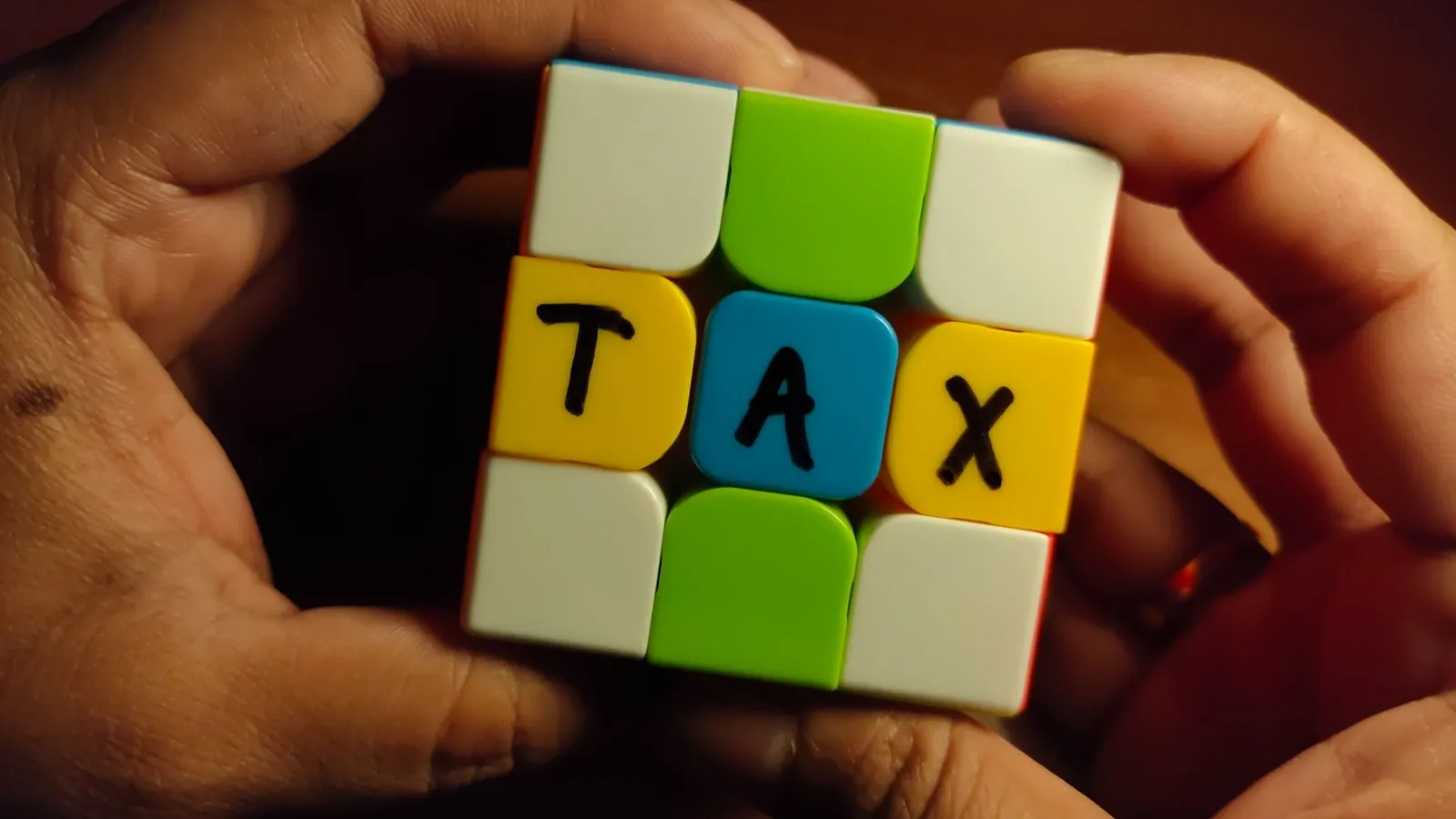Personal Finance News
Is my income from LIC Jeevan Akshay and LIC pension plans in FY 2024-25 taxable?

3 min read | Updated on June 10, 2025, 08:22 IST
SUMMARY
Yes, the monthly annuity payment received by an assessee from LIC Jeevan Akshay Plan and other LIC pension plans would be taxable under the Income Tax Act, 1961.

Income from LIC pension plans are taxable. | Image source: Shutterstock
One of our readers, D Murali Krishna, received income from LIC Jeevan Akshay and LIC pension plans in FY 2024-25. He also had income from selling shares worth ₹2,26,200 and did some mutual fund transactions in the previous year.
In an email last month, he asked how to handle the above transactions while filing the income tax return for FY 20924-25 (AY 2025-26).
CA Dr Suresh Surana has answered the above queries in detail as follows:
Yes, the monthly annuity payment received by an assessee from LIC Jeevan Akshay Plan would be taxable under the Income Tax Act, 1961. The monthly annuity payments received from the pension plan, including Jeevan Akshay, will be considered as income under the head "Income from Other Sources" (IFOS) as per the IT Act. These payments are fully taxable at the applicable income tax slab rates in the year an assessee receives them.
Where listed shares such as HDFC, SBI, SAIL, Infosys, Axis Bank, etc. are sold after being held for more than 12 months, the gain is classified as Long-Term Capital Gain (LTCG) under section 112A of the Income Tax Act, provided that Securities Transaction Tax (STT) was paid at the time of both purchase and sale. In such cases, LTCG exceeding ₹1,25,000 in a financial year is taxable at 12.5%, without cost indexation benefit.
Since the year of purchase is not known, in cases where the shares have been acquired before 1 February 2018, the cost of acquisition for computing capital gain should ideally be determined using the cost of acquisition, which would be higher of the following:
(i) Actual cost of Acquisition and
(ii) Lower of:
a. The fair market value of the shares as at 31 January 2018 and
b. The full value of consideration received or accruing as a result of the transfer.
This is known as the grandfathering provision under Section 55(2)(ac). For shares bought on or after February 1, 2018, the actual purchase price is considered for computing capital gains.
If ₹2,26,200 represents the total sale consideration, then the capital gain needs to be computed by deducting the appropriate cost of acquisition and any eligible expenses. If the total LTCG after such deduction does not exceed ₹1,25,000, then no tax is payable. However, if the gain exceeds ₹1,25,000, then the excess is taxable at 12.5%.
This income is required to be disclosed under Schedule CG of the Income Tax Return. If there are no other income sources and total income is within the basic exemption limit, the unused exemption limit (in case of resident individuals) can also be adjusted against such LTCG.
Related News
By signing up you agree to Upstox’s Terms & Conditions
About The Author
Next Story



